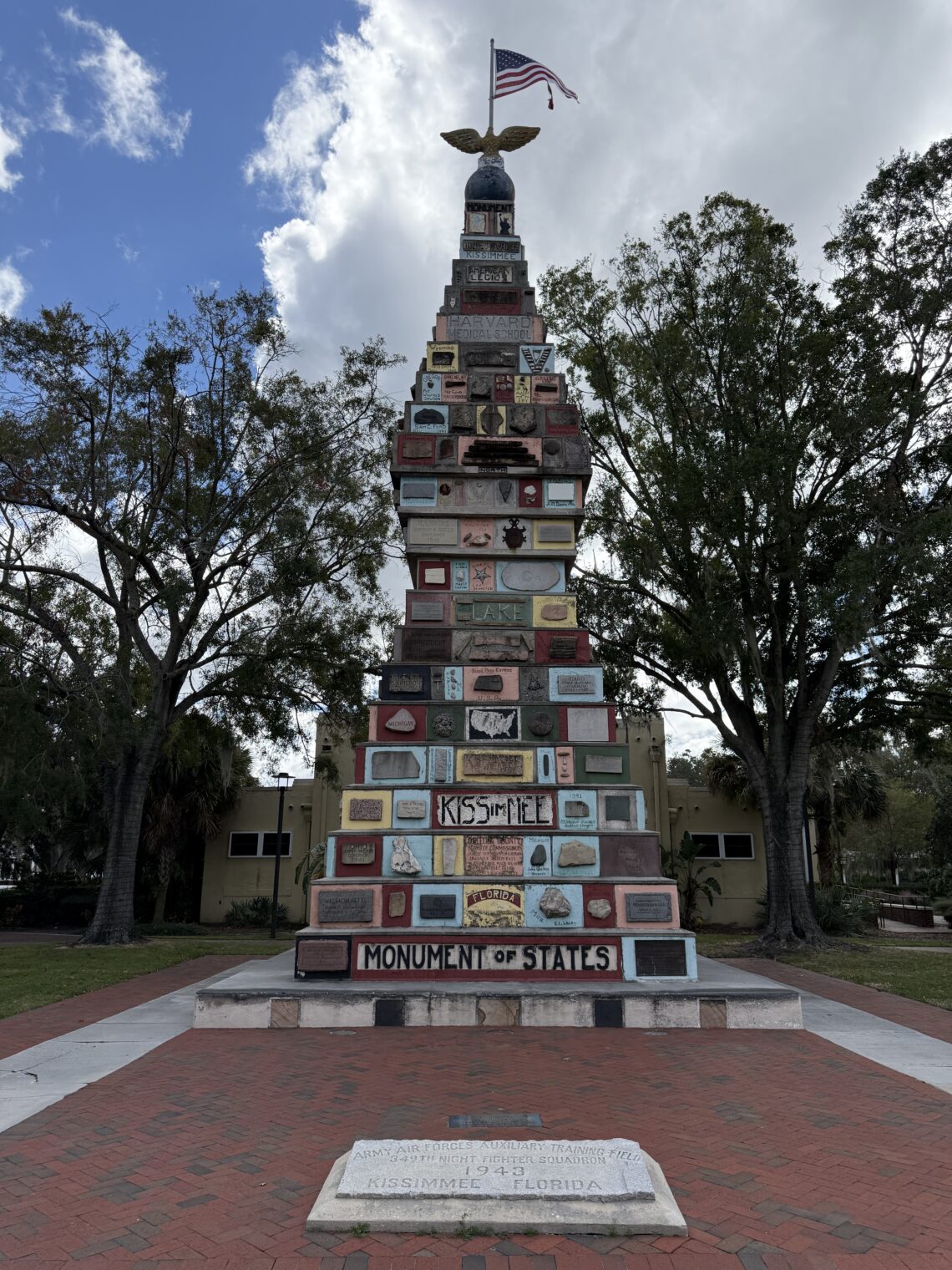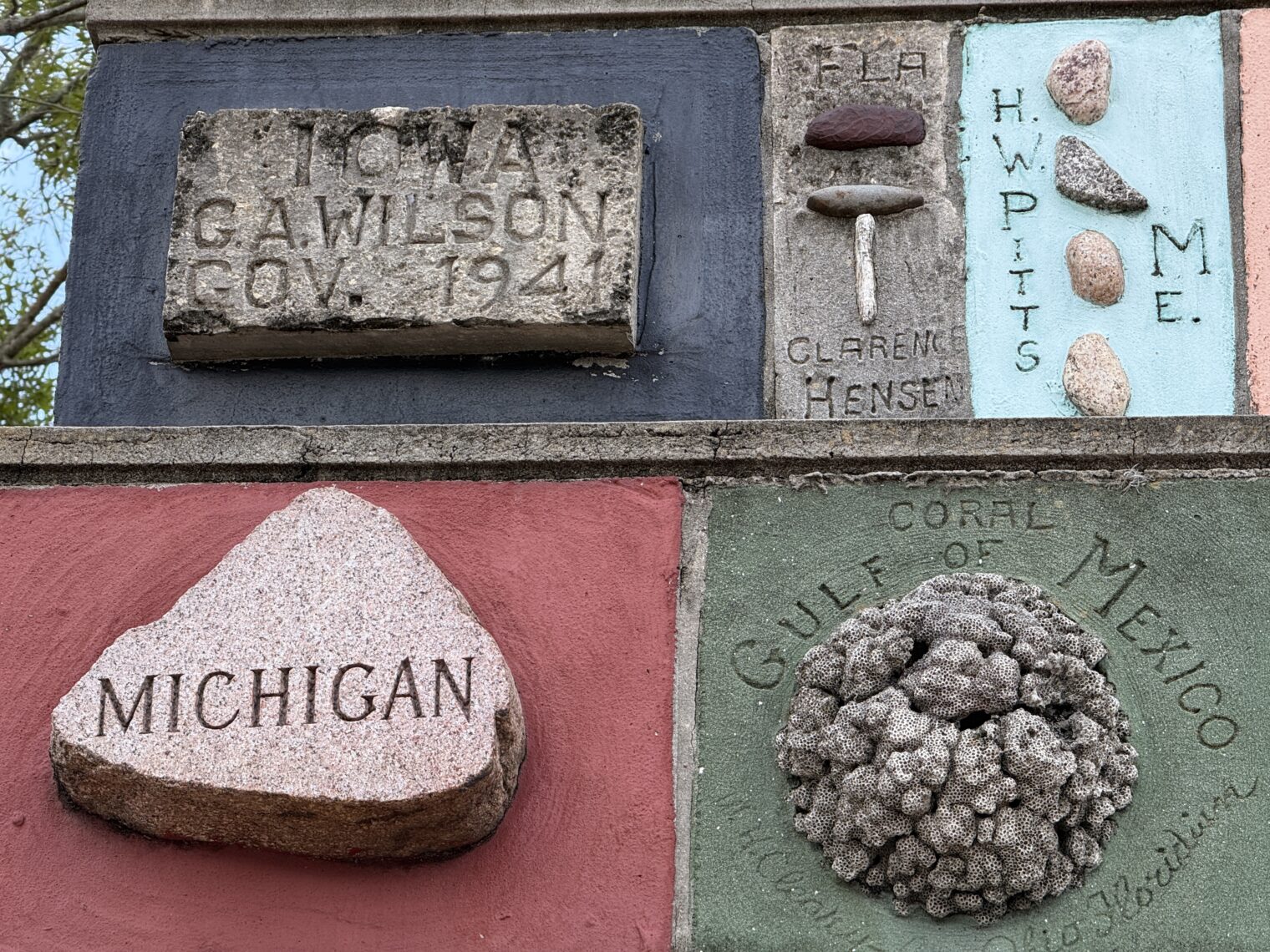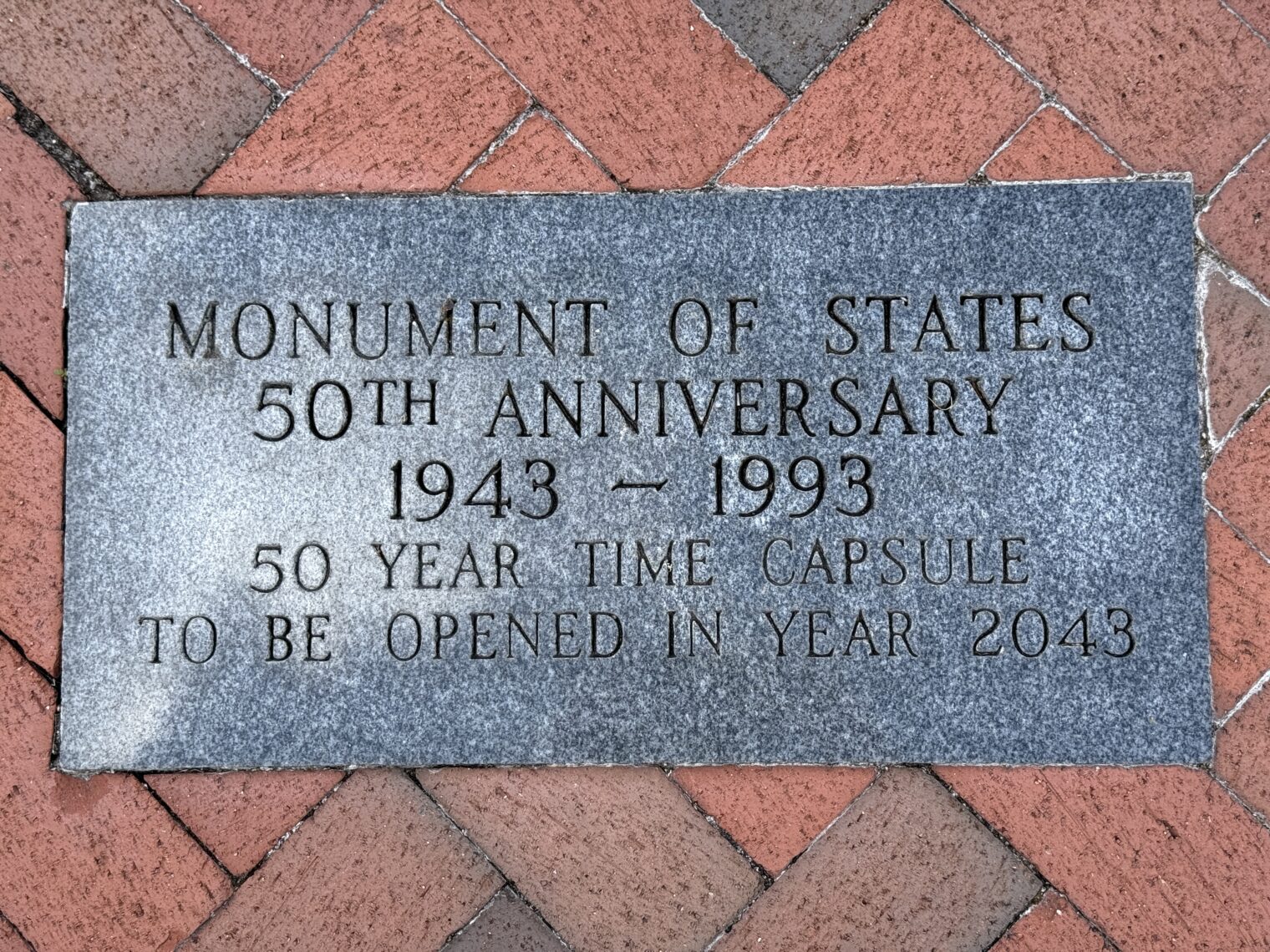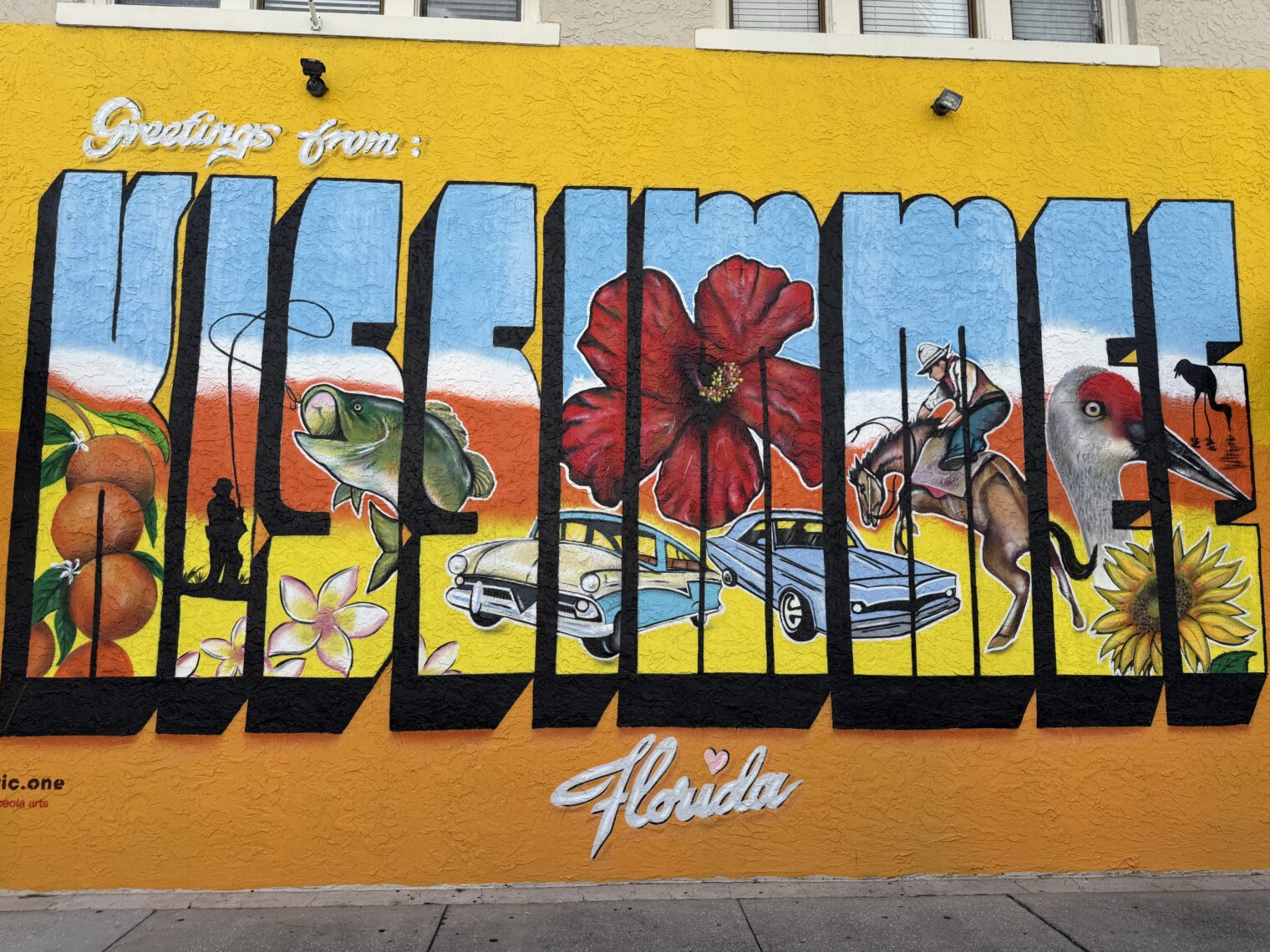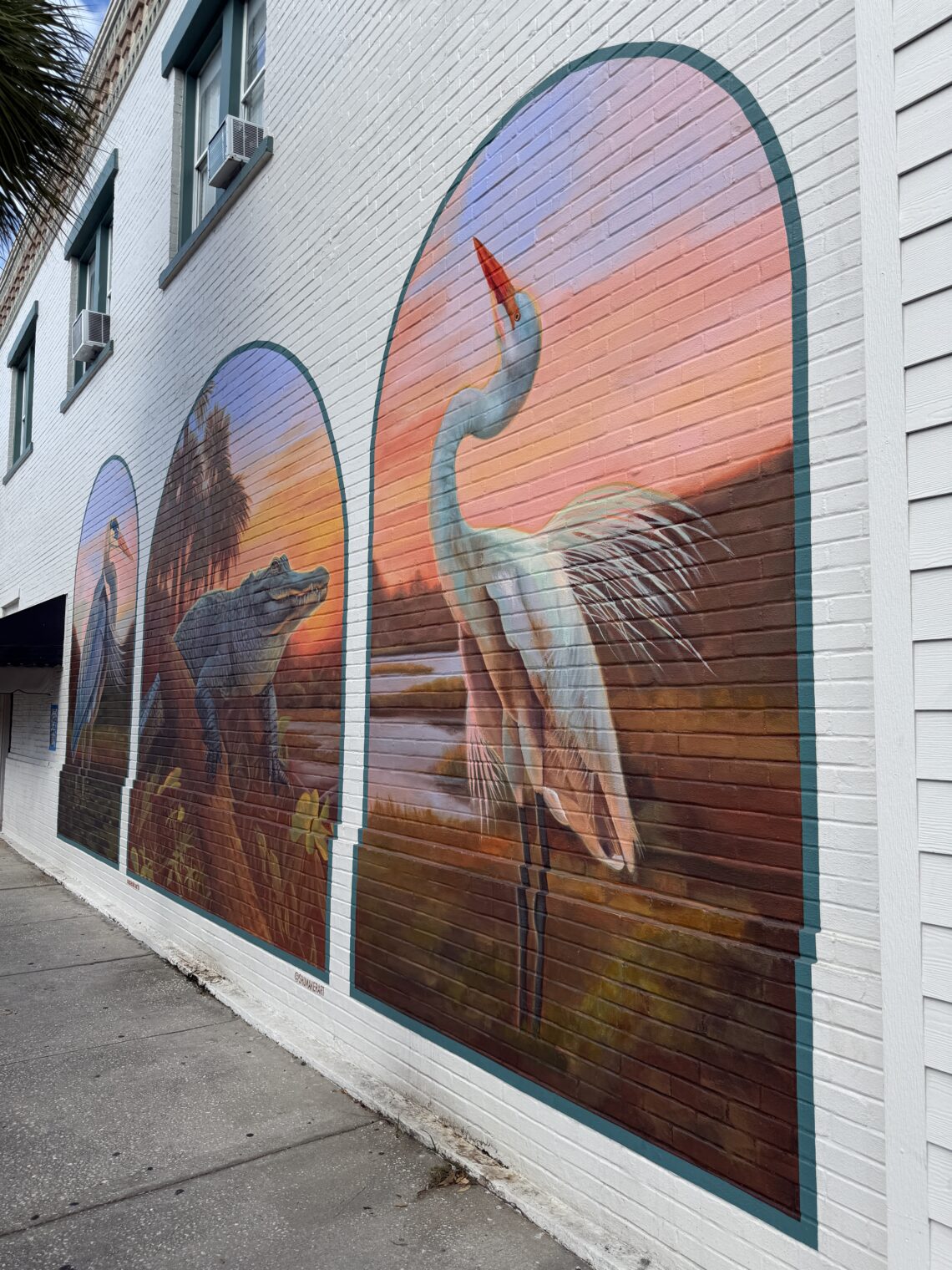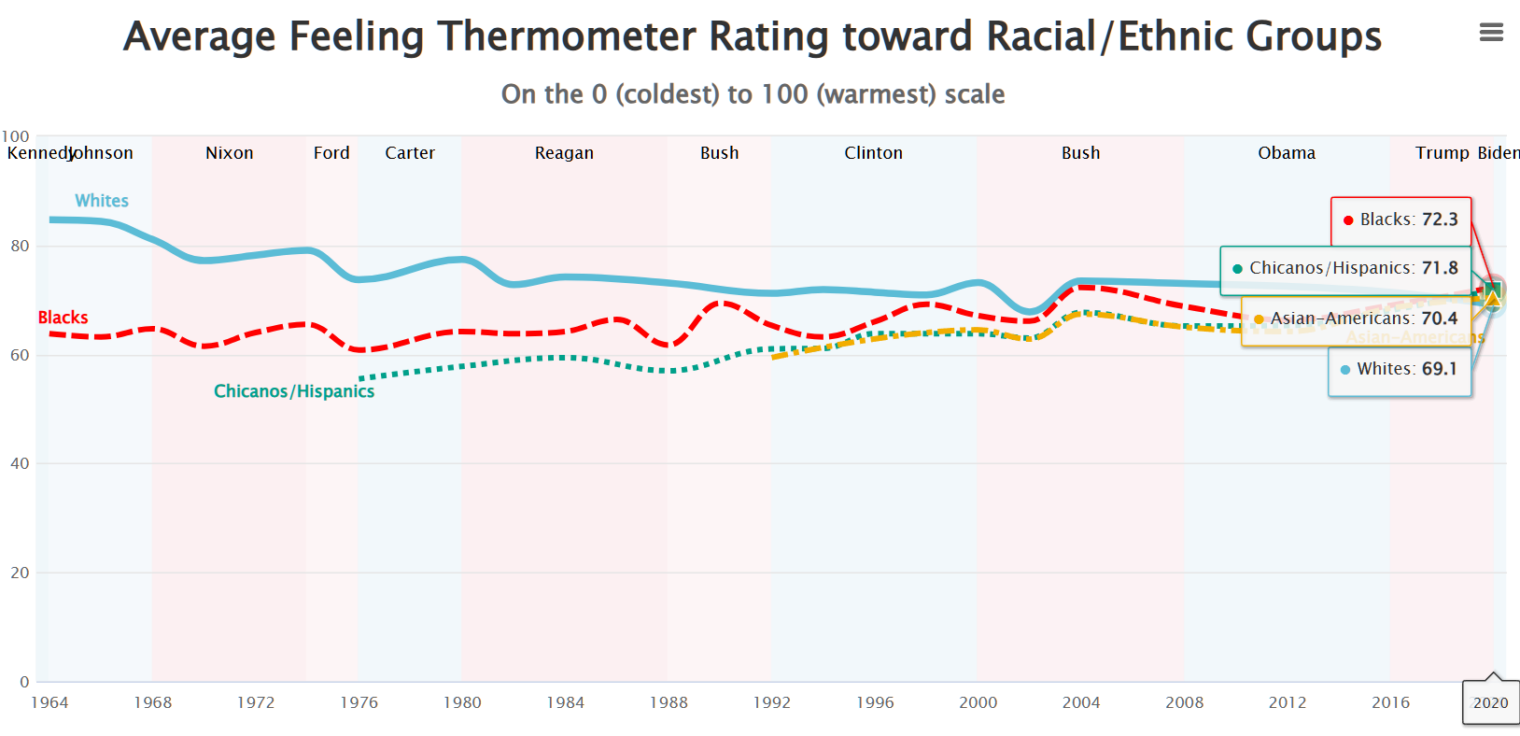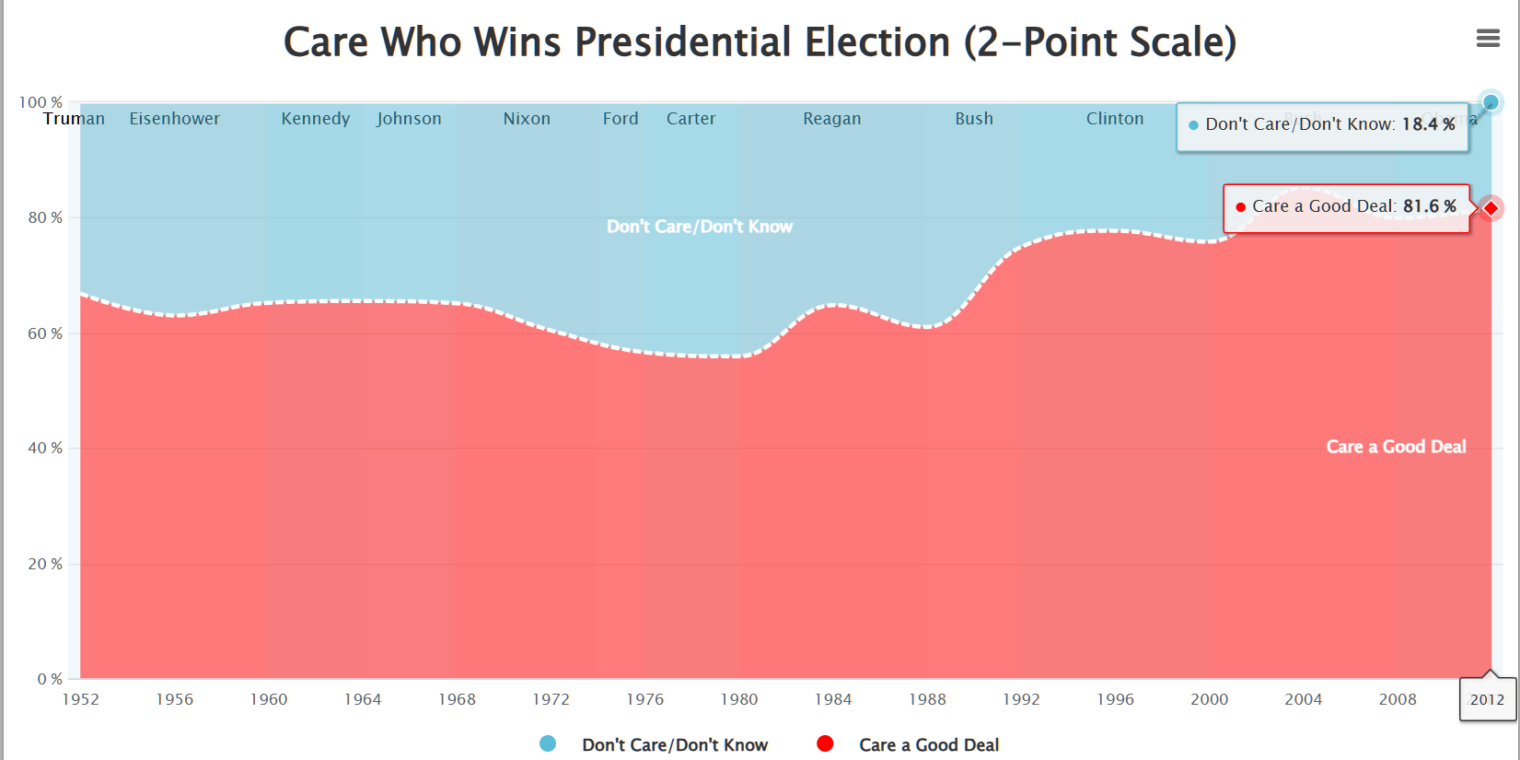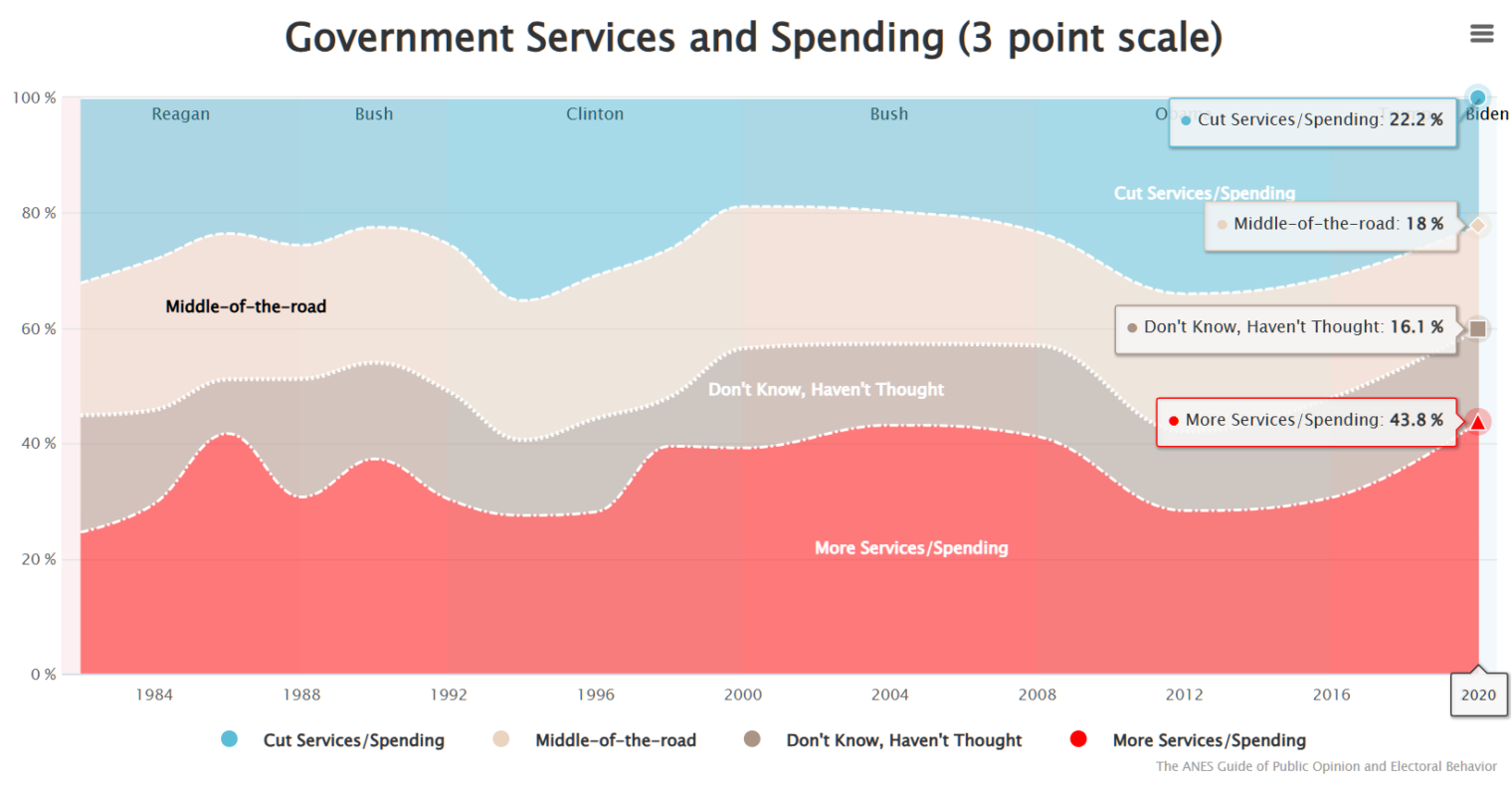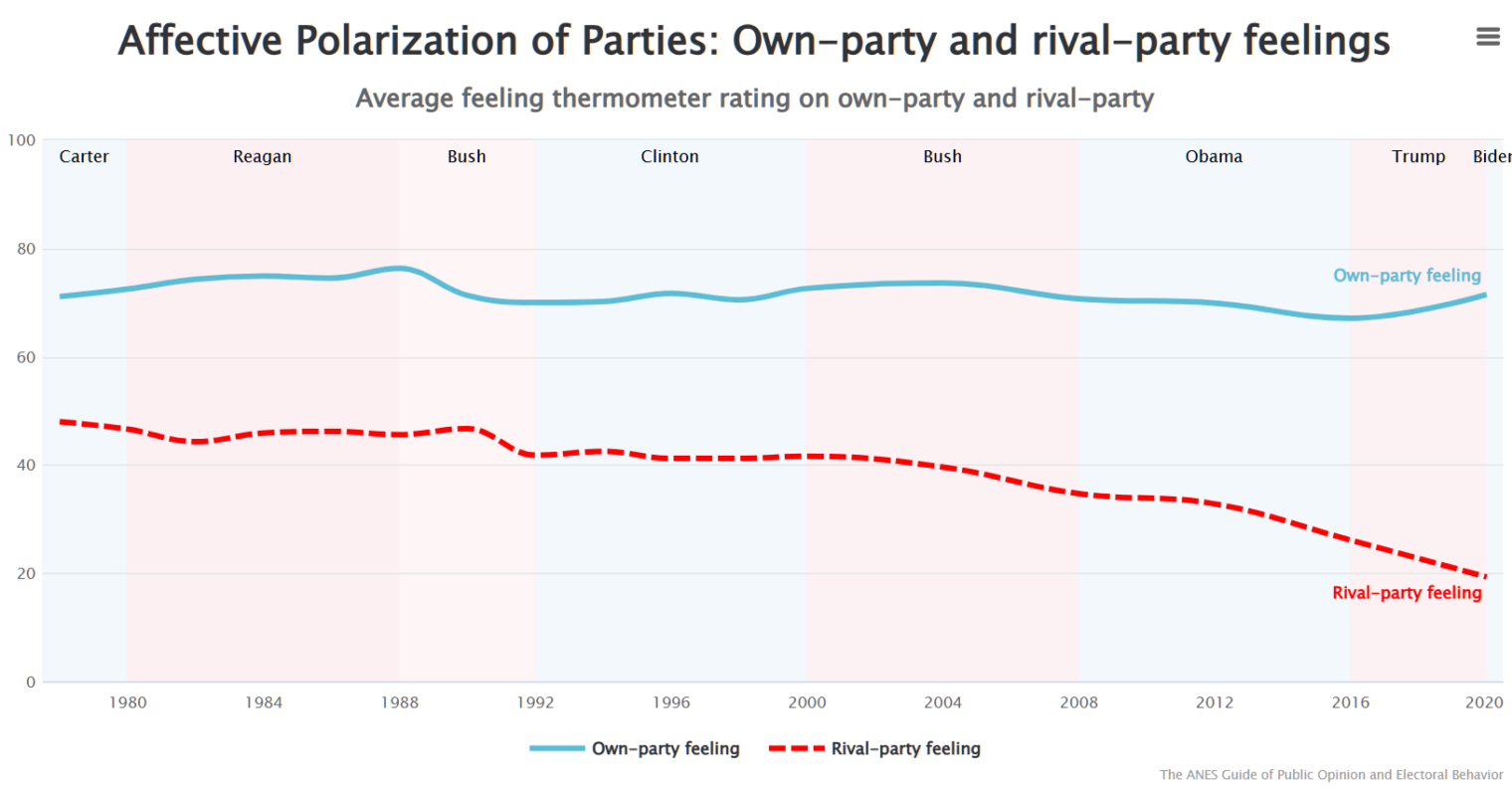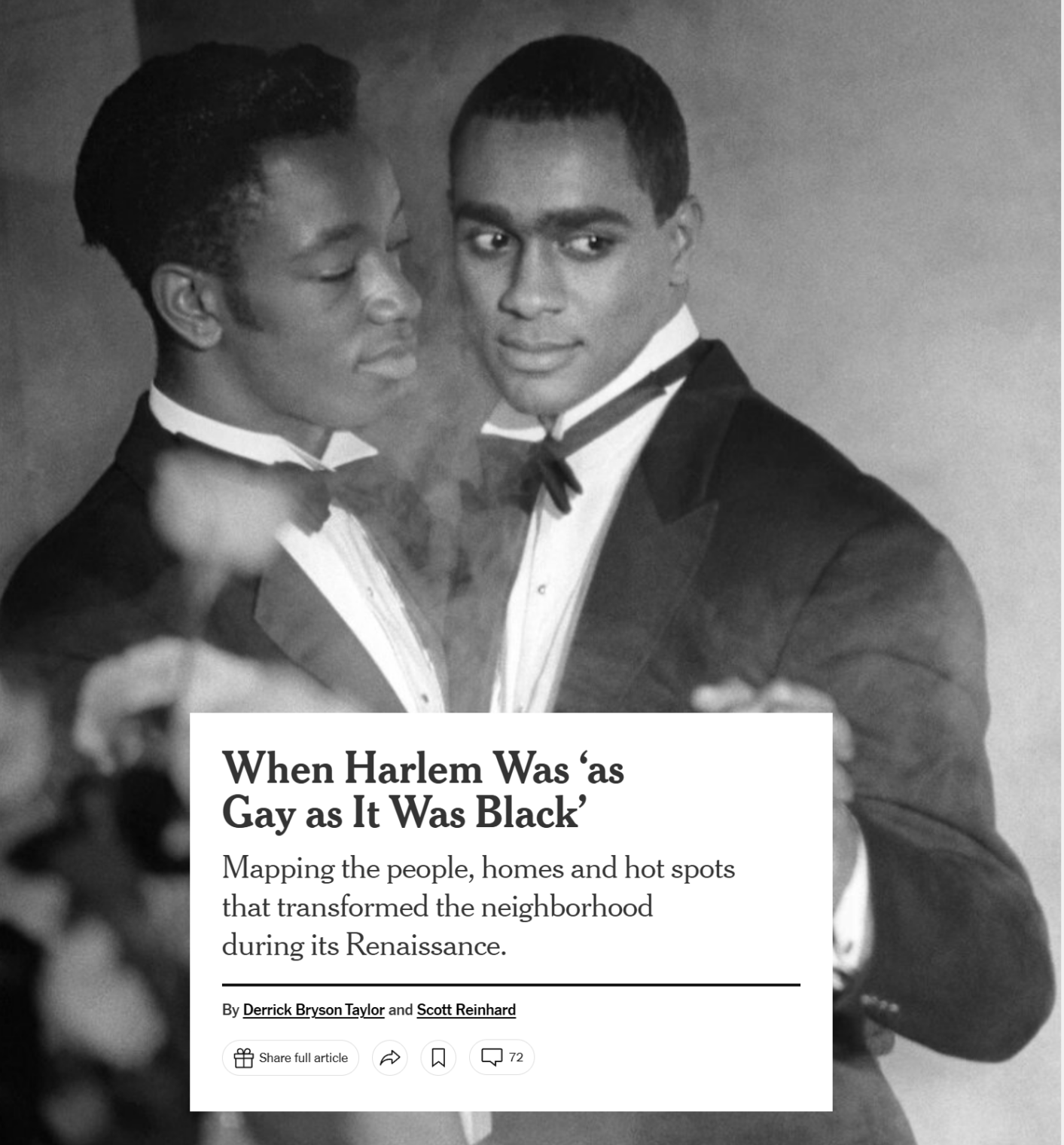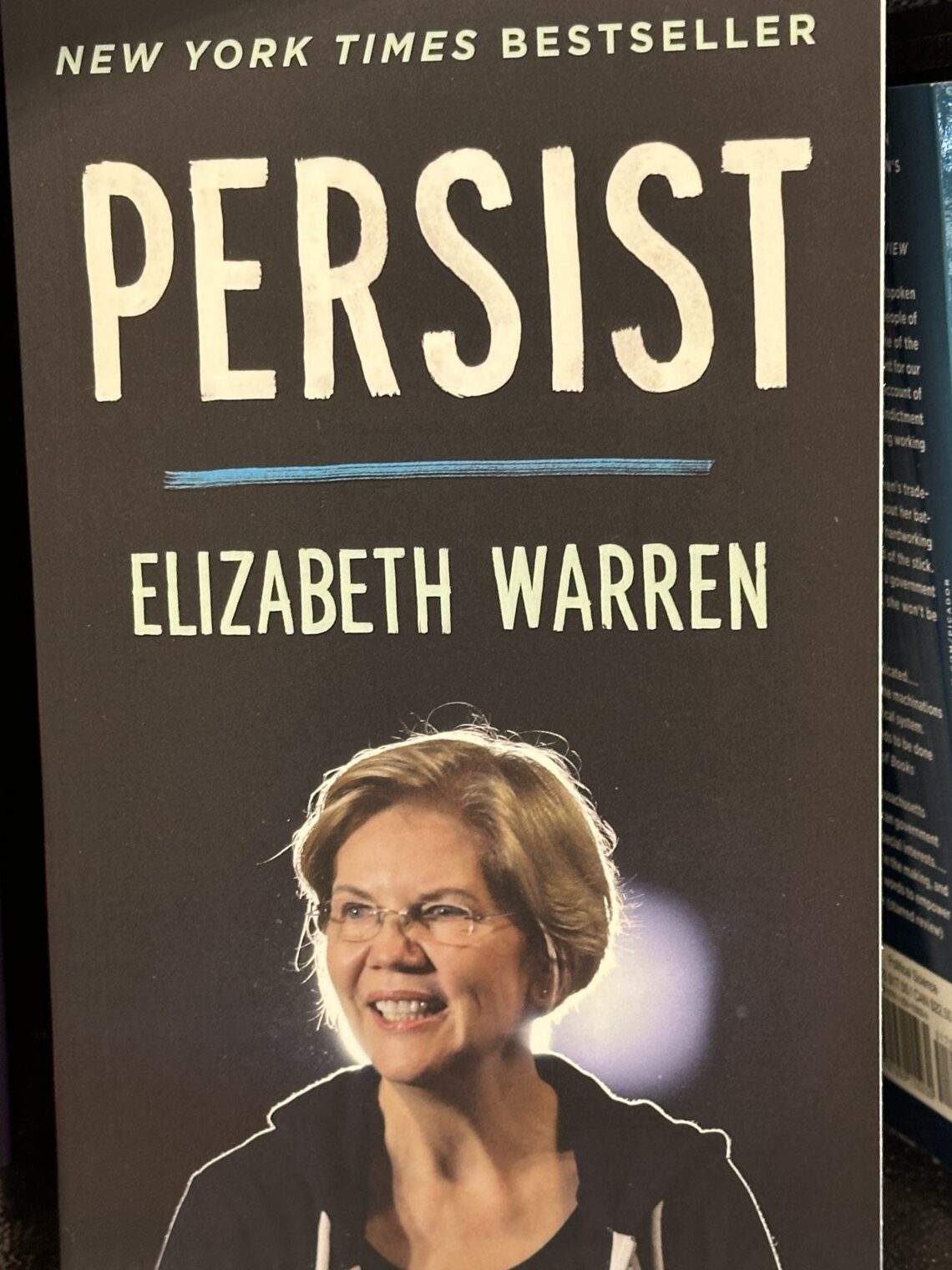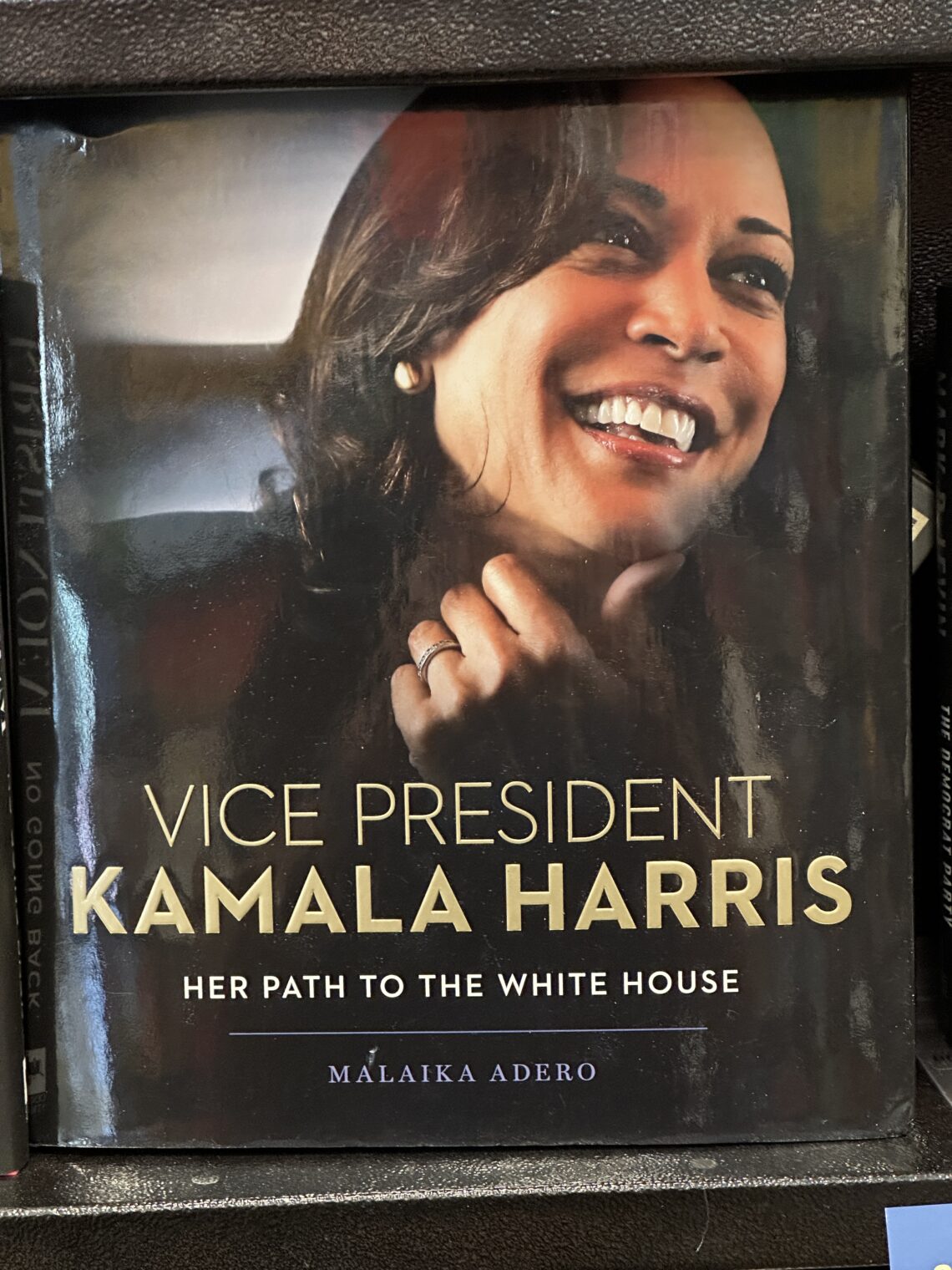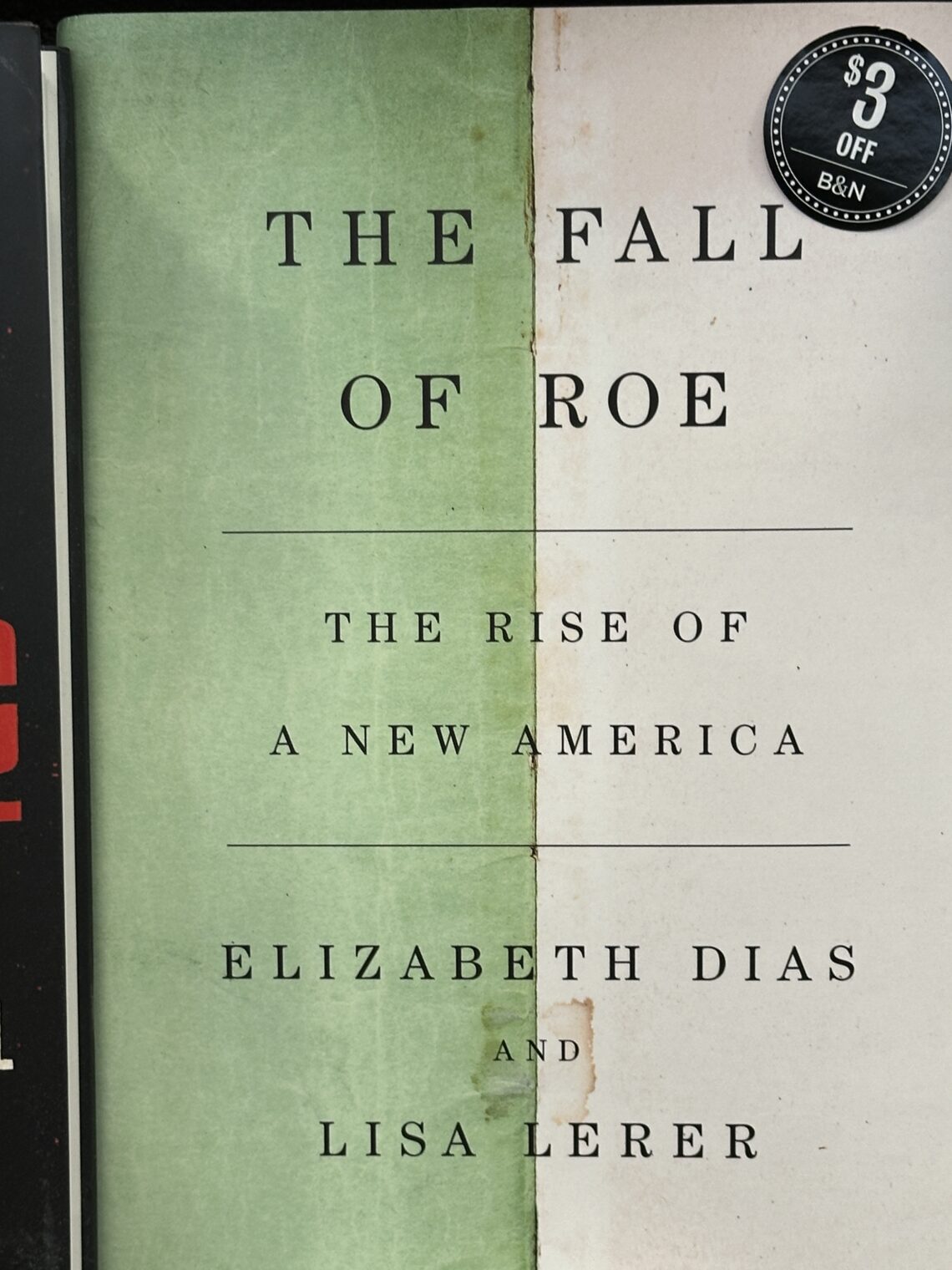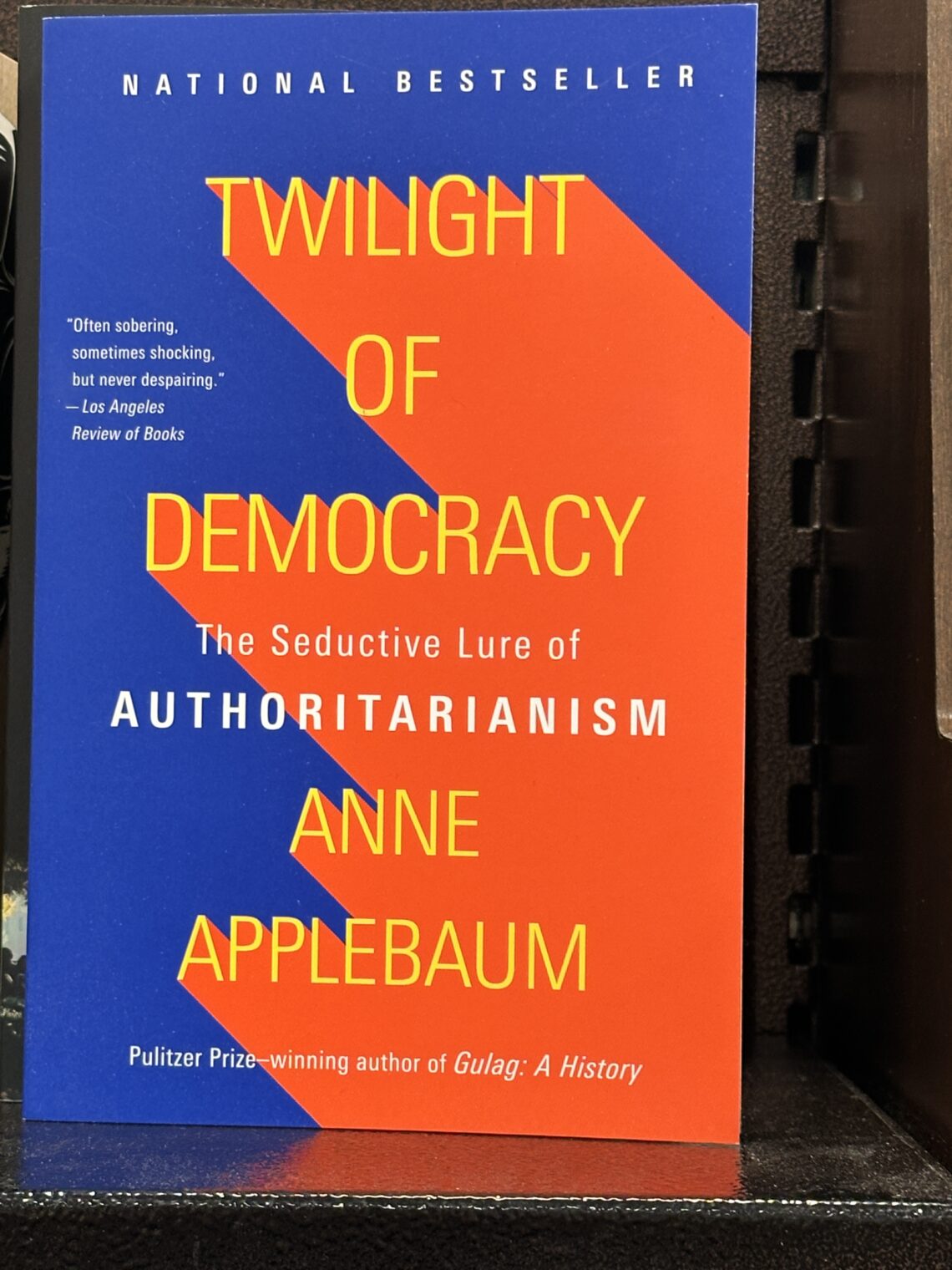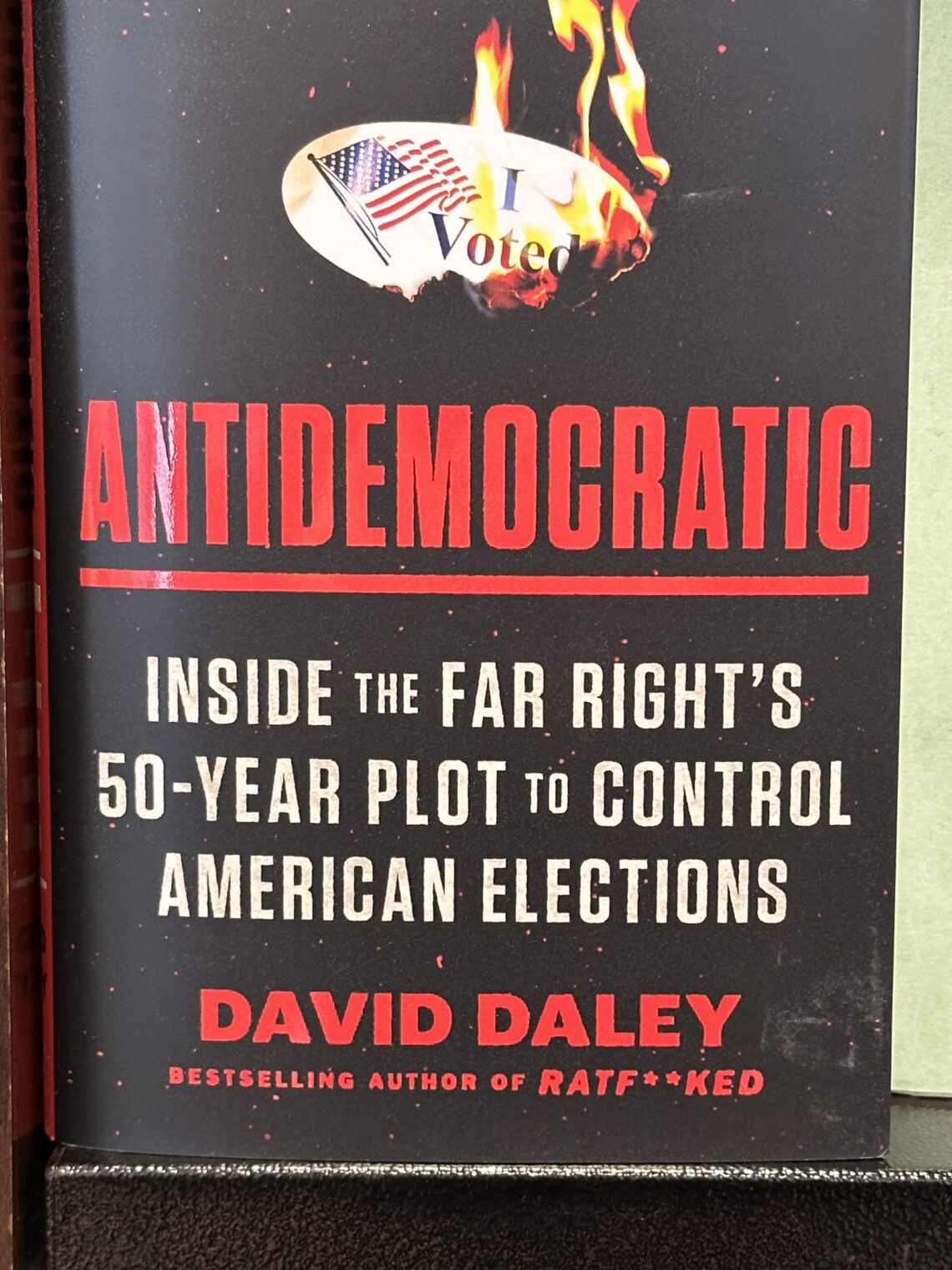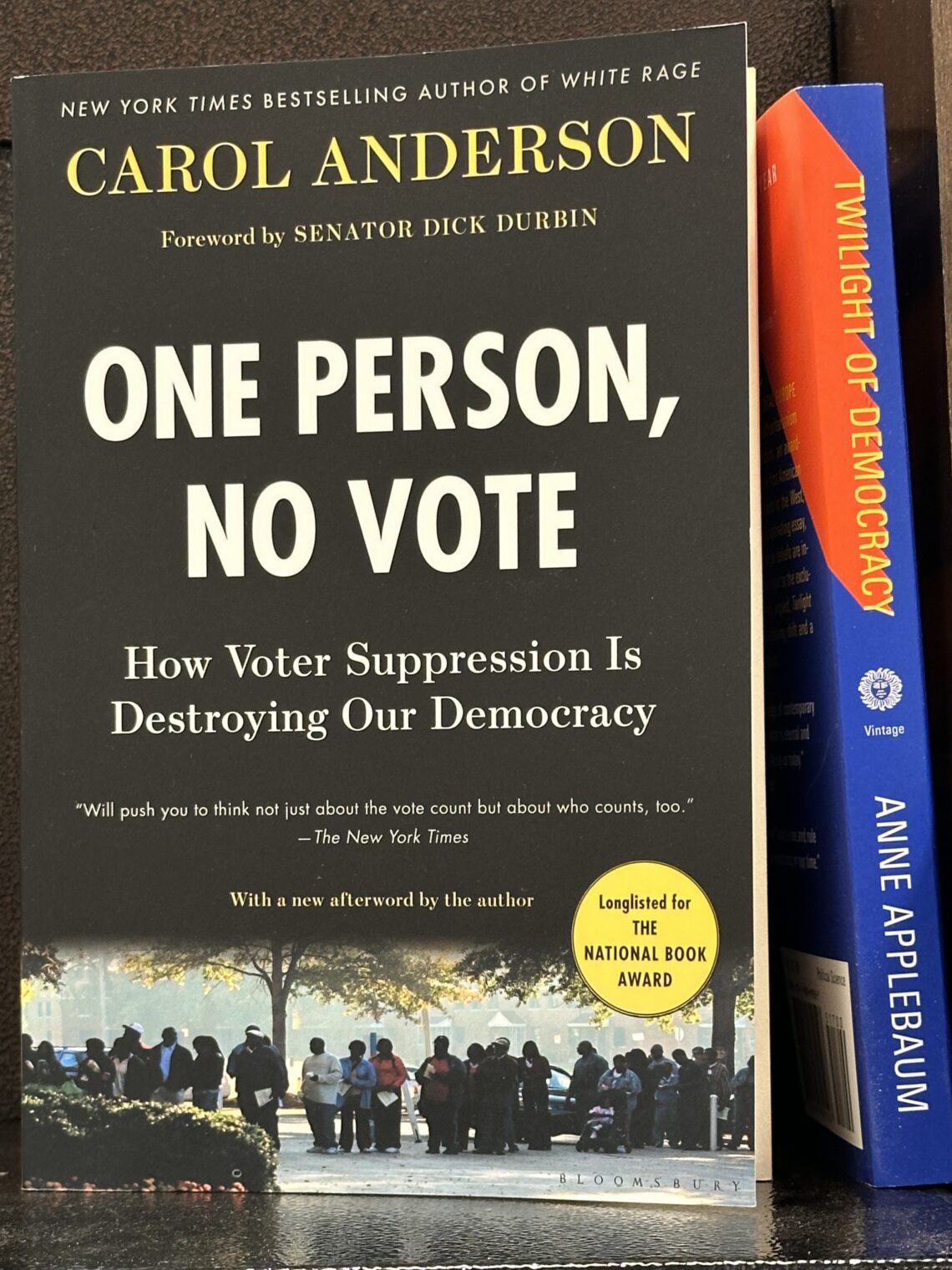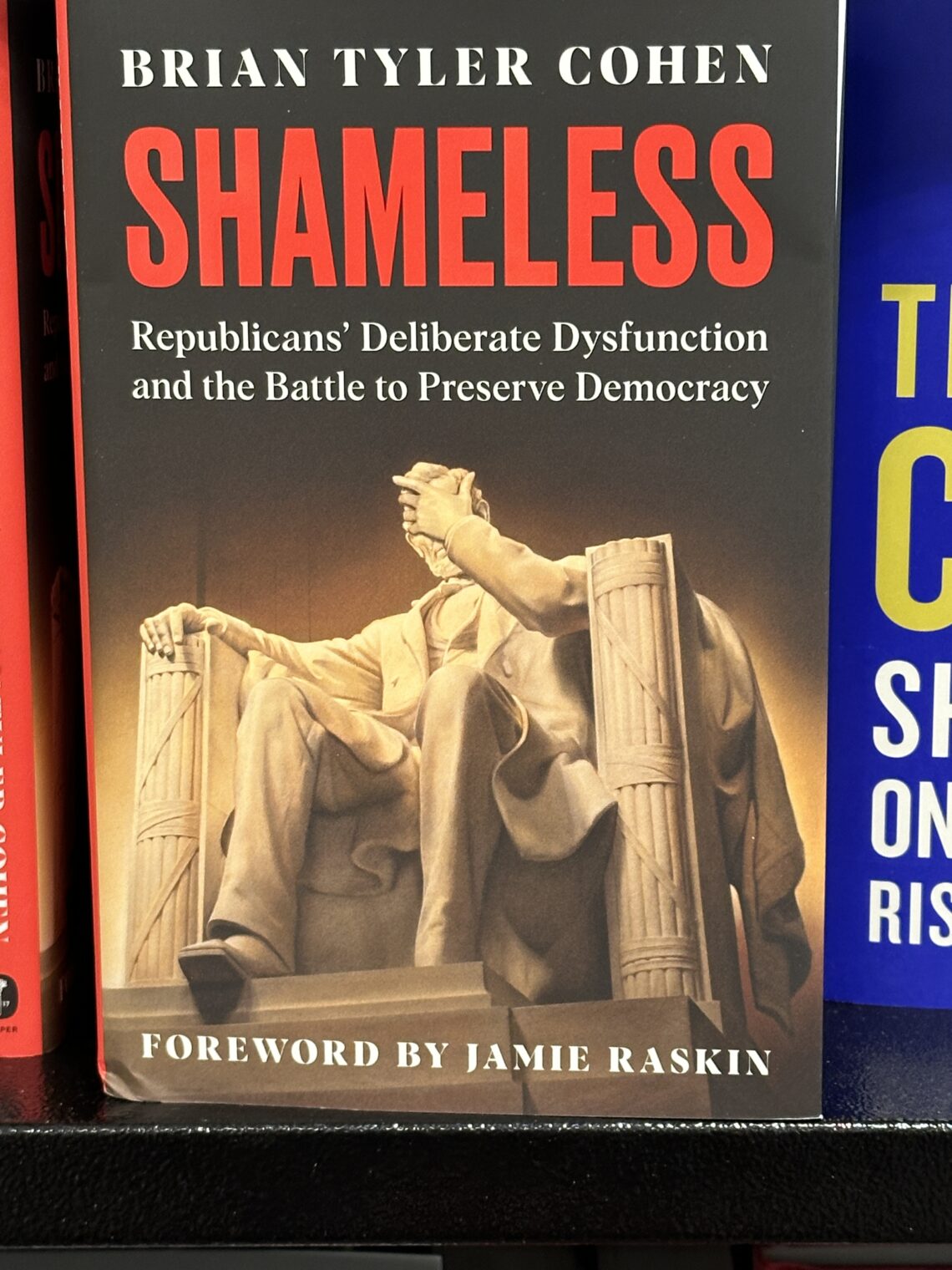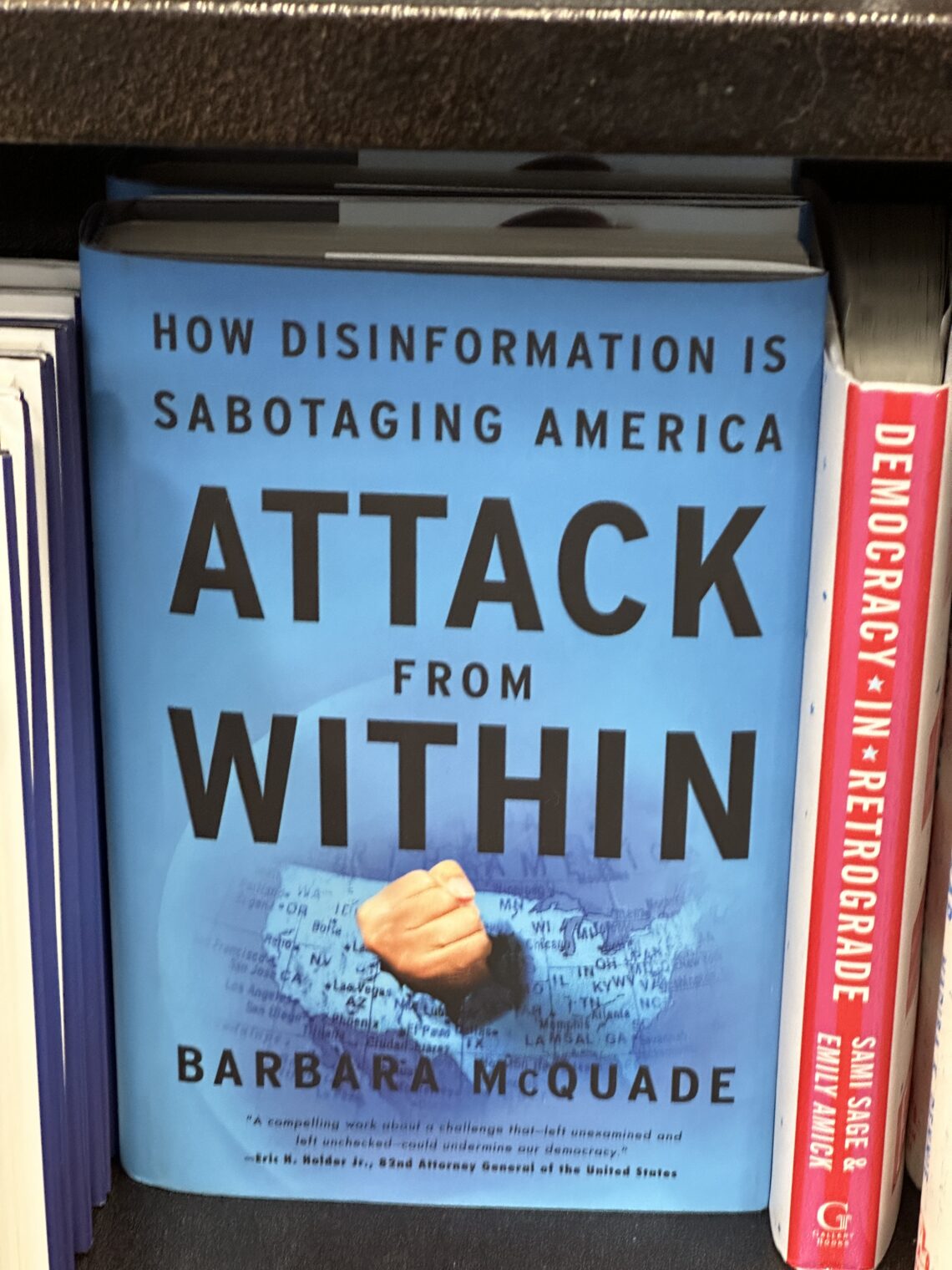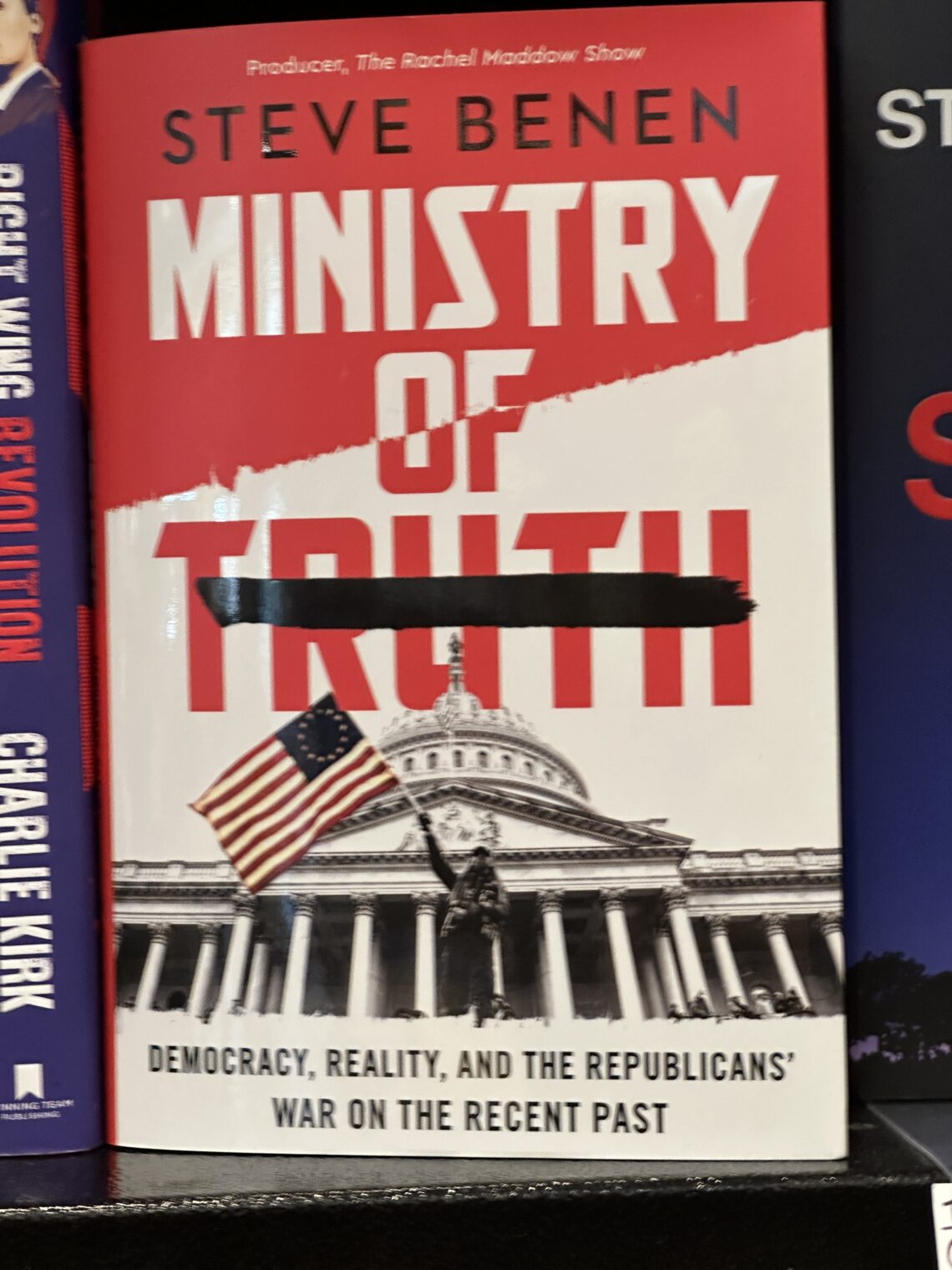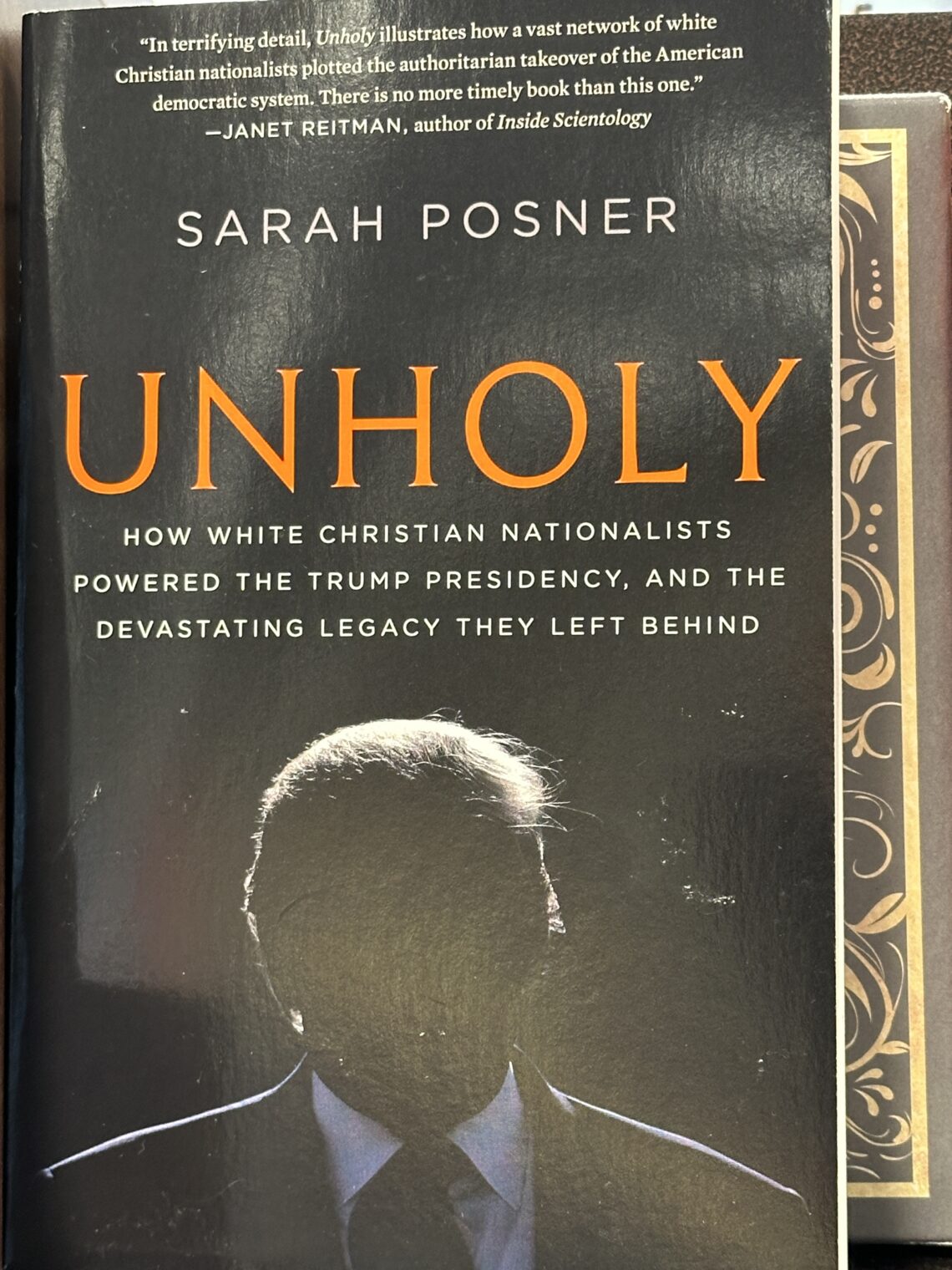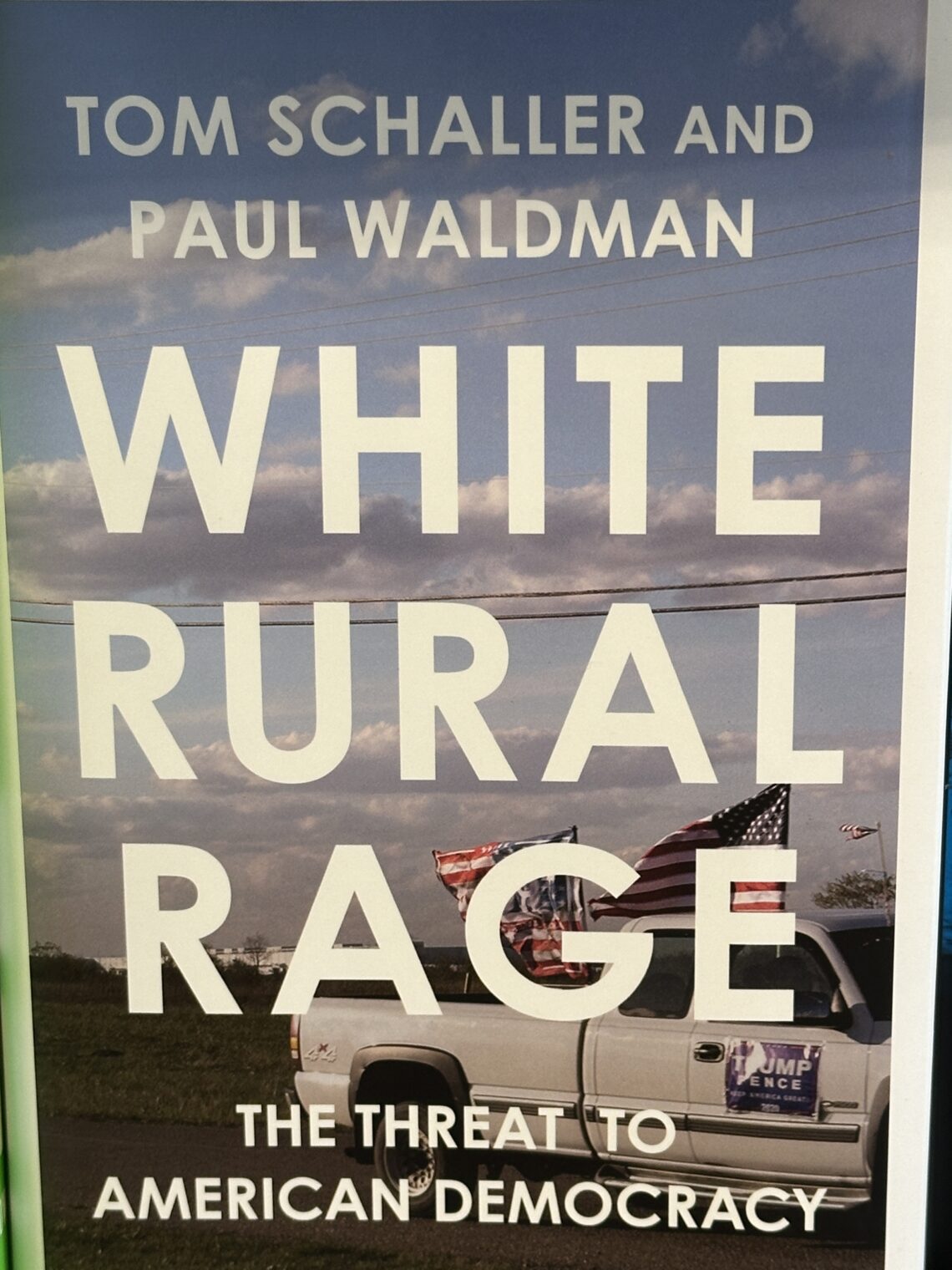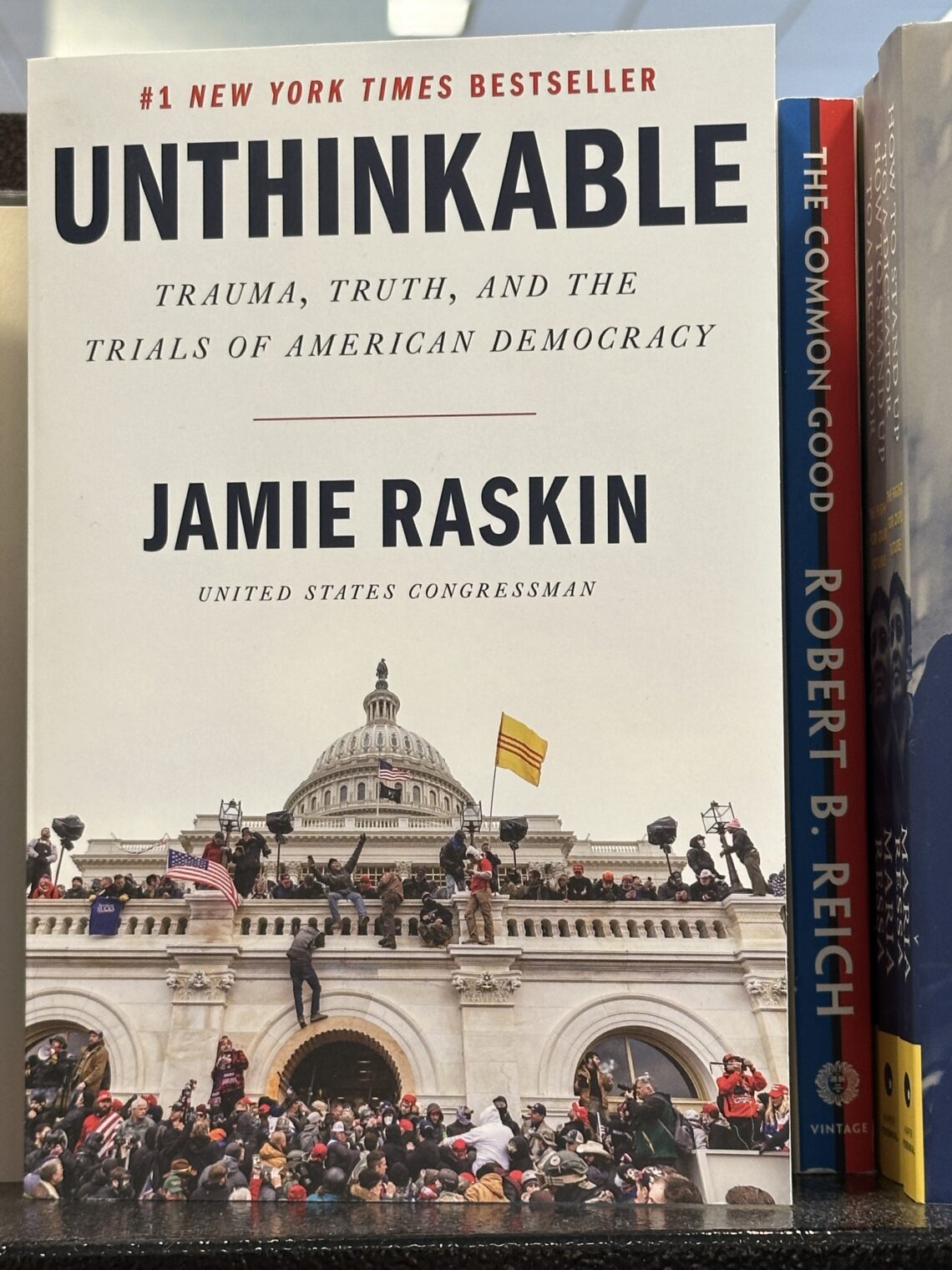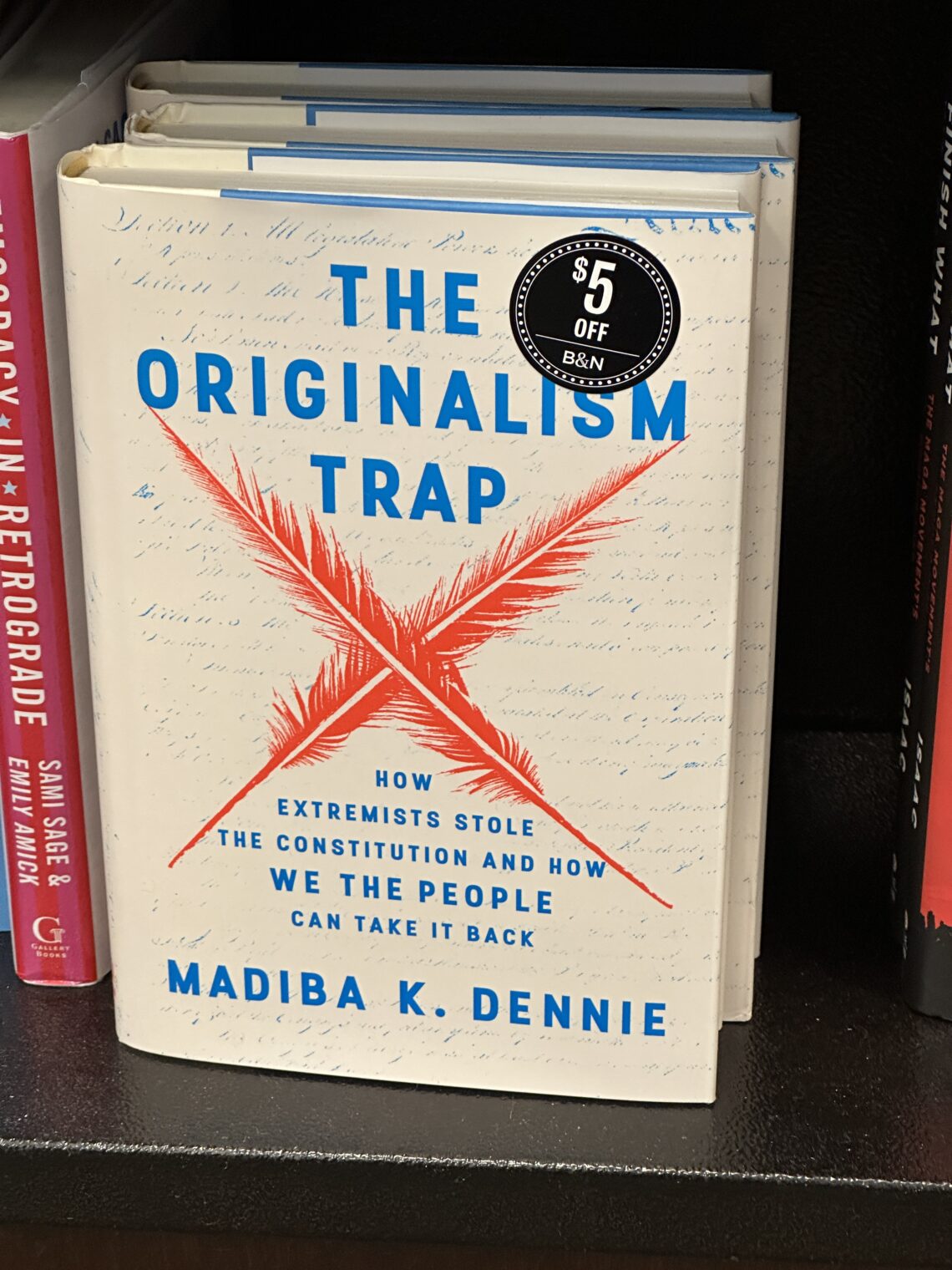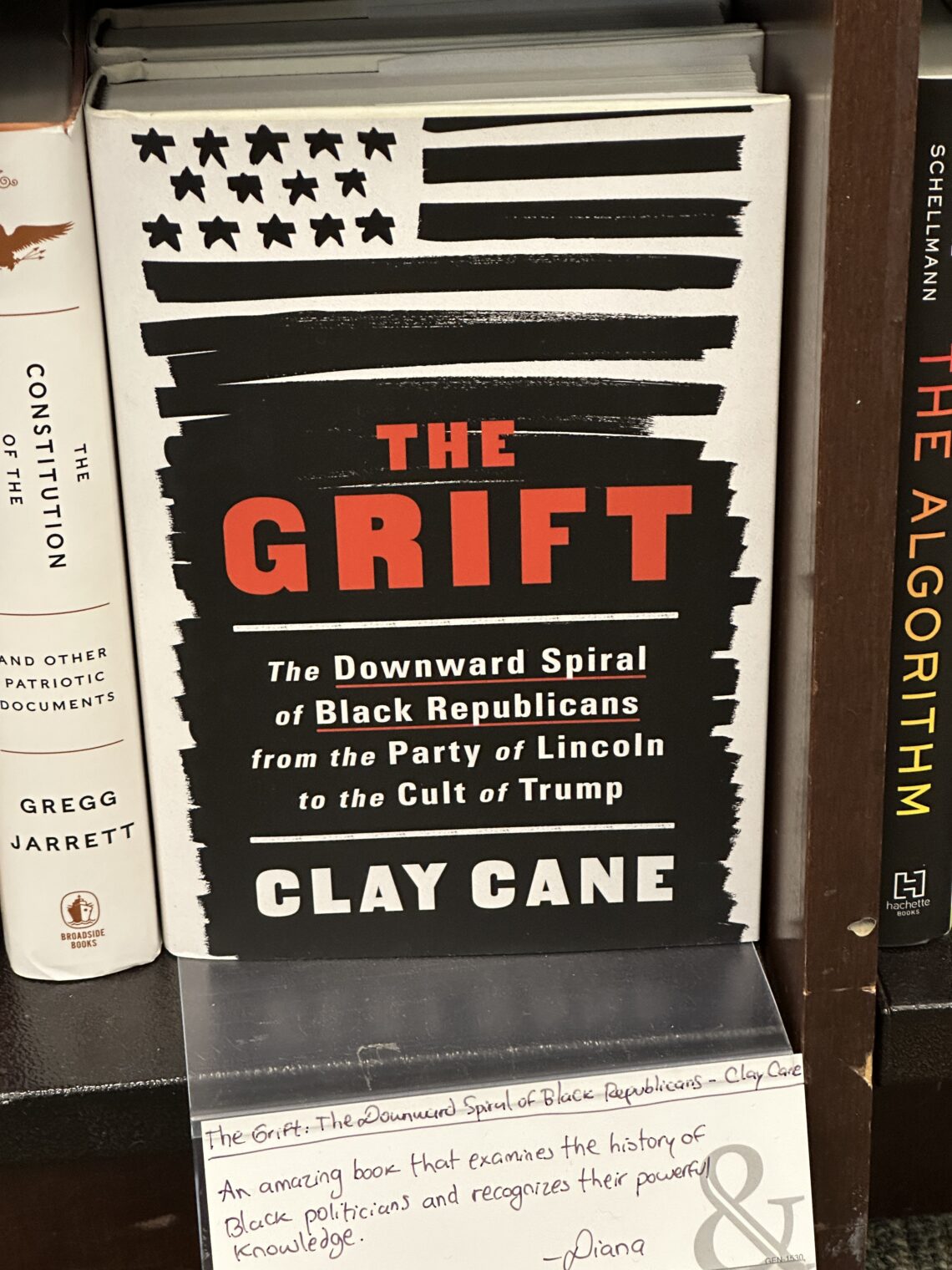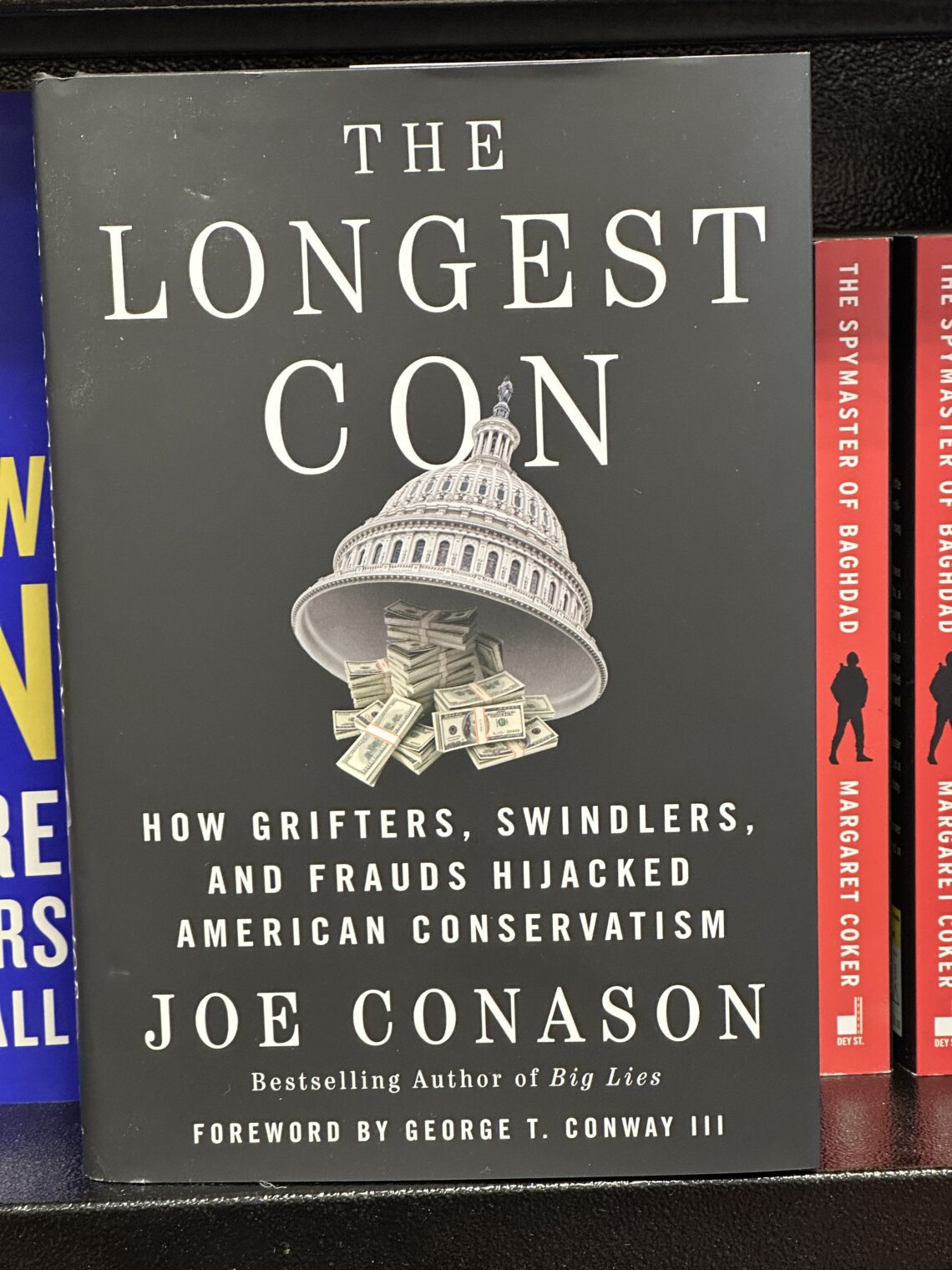The dual fantasy worlds of Republicans and Democrats
As we celebrate National Pickle Day, let’s look at a 63-year-old Democrat who expects, absent dramatic birth control measures, to become pregnant and crave pickles and ice cream. In the video below, she discusses a first person possibility of being a customer for IVF and abortion care as well:
Julia Louis-Dreyfus has reached the age of a great-grandmother in most human societies, but imagines that she could get pregnant and give birth (the Guinness Book of World Records age for this feat is 59) and also that someone other than a gerontologist is interested in her reproductive system. (The post and video above originally a tweet on JL-D’s official X account, but apparently it was deleted or restricted so that only non-Deplorables/non-Garbage can see it.)
What’s the corresponding fantasy world for Republicans? Deporting undocumented criminals:
“There’s about 4.5 million who would be the first priority for that, people who’ve already committed crimes,” Johnson (R-La.) said Thursday. “They’re in the system now [for] shoplifting, or whatever it is … or [having] done things that are untoward or unlawful.”
This politician imagines that there is a country (or countries) out there, other than the U.S., that is dumb enough to take in 4.5 million folks who’ve been adjudicated criminals. Note that criminality is heritable, so if a country takes in a criminal it will be on track to have additional criminals in the future. (Also remember that nobody can agree on how many of the undocumented are currently enriching us with their presence: “Yale Study Finds Twice as Many Undocumented Immigrants as Previous Estimates” (2018); the estimate of 11 million seems to have been in use by mainstream media for 20+ years, even as the same publications report on floods of new arrivals.)
I think the 63-year-old’s fear of getting pregnant and not being able to secure abortion care might be more reasonable than the Republican expectation of being able to dump migrant criminals on some other nation!
So the good news is that the two parties will be back to governing soon, now that the election drama is mostly over. The bad news is that both parties seem to be living in fantasy worlds of their own creation!
In case the above Instagram post is memory-holed…
Full post, including comments












